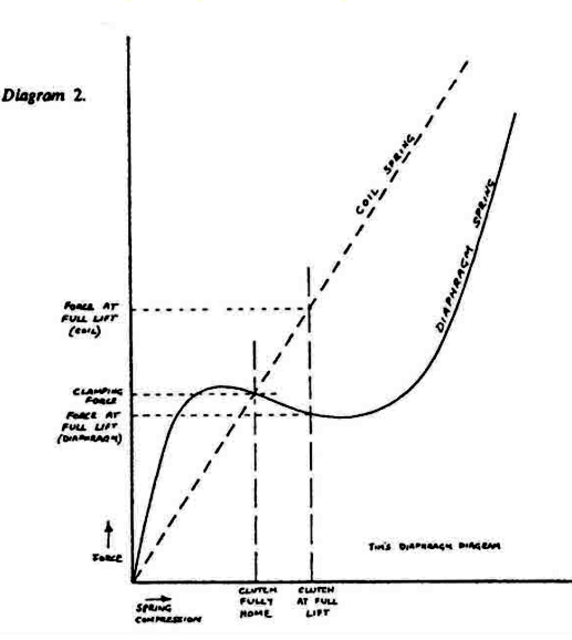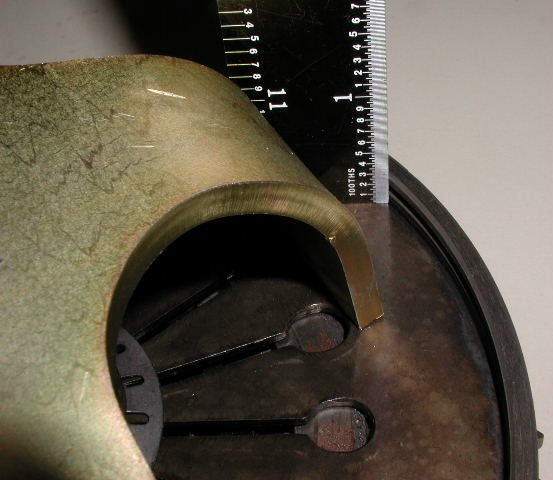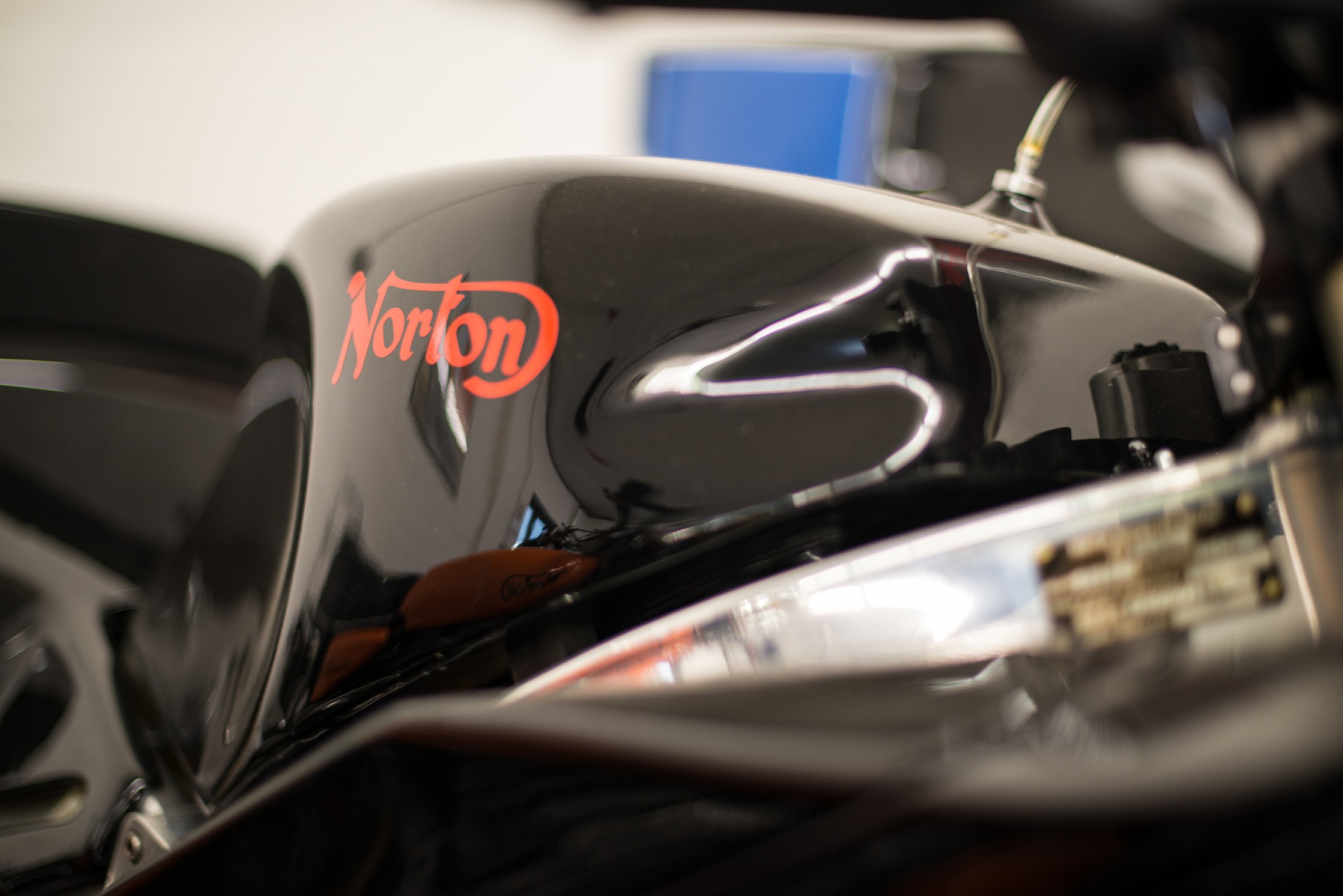Britstuff
VIP MEMBER
- Joined
- Jan 8, 2021
- Messages
- 128
Hi:
Does anyone make a higher spring load / heavy duty diaphragm clutch spring for the Norton Commando?
I am having ongoing issues with a slipping clutch on my 1974 850 MKII. I have played extensively with different stack heights, different types of fibre clutch plates, (Surflex and Barnet) and recently fitted a belt drive kit - but my clutch still slips, especially in first at higher revs. While it probably does not help that I live on a fairly steep hill, there must be something I am missing / doing wrong?
I see quite a lot of information on the interweb refering to how to make a Norton Commando Clutch feel lighter. Mine is very light, two fingers or better. However, I would gladly trade a heavier clutch action for a clutch that does not slip!
Cheers,
James
Does anyone make a higher spring load / heavy duty diaphragm clutch spring for the Norton Commando?
I am having ongoing issues with a slipping clutch on my 1974 850 MKII. I have played extensively with different stack heights, different types of fibre clutch plates, (Surflex and Barnet) and recently fitted a belt drive kit - but my clutch still slips, especially in first at higher revs. While it probably does not help that I live on a fairly steep hill, there must be something I am missing / doing wrong?
I see quite a lot of information on the interweb refering to how to make a Norton Commando Clutch feel lighter. Mine is very light, two fingers or better. However, I would gladly trade a heavier clutch action for a clutch that does not slip!
Cheers,
James



